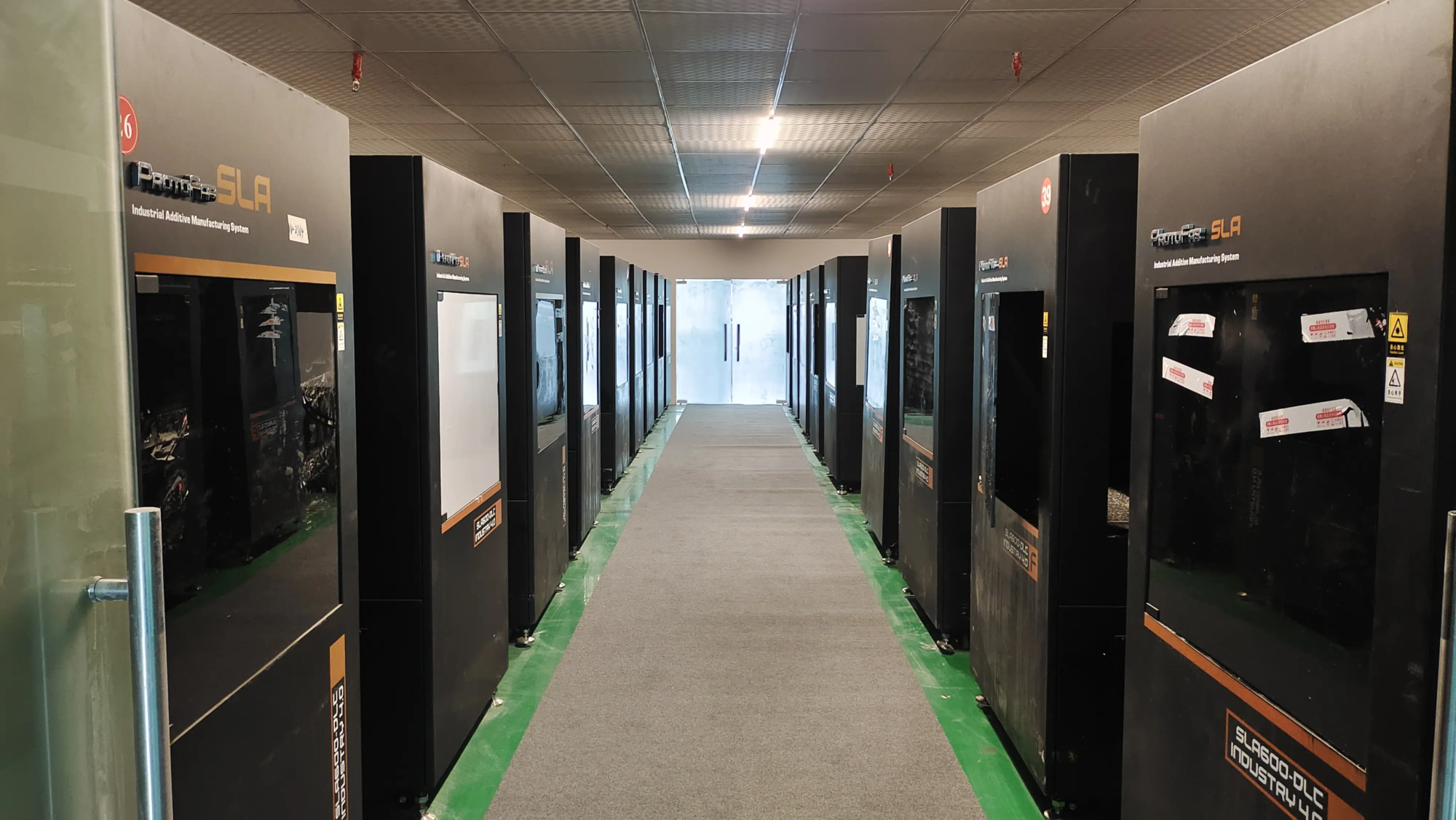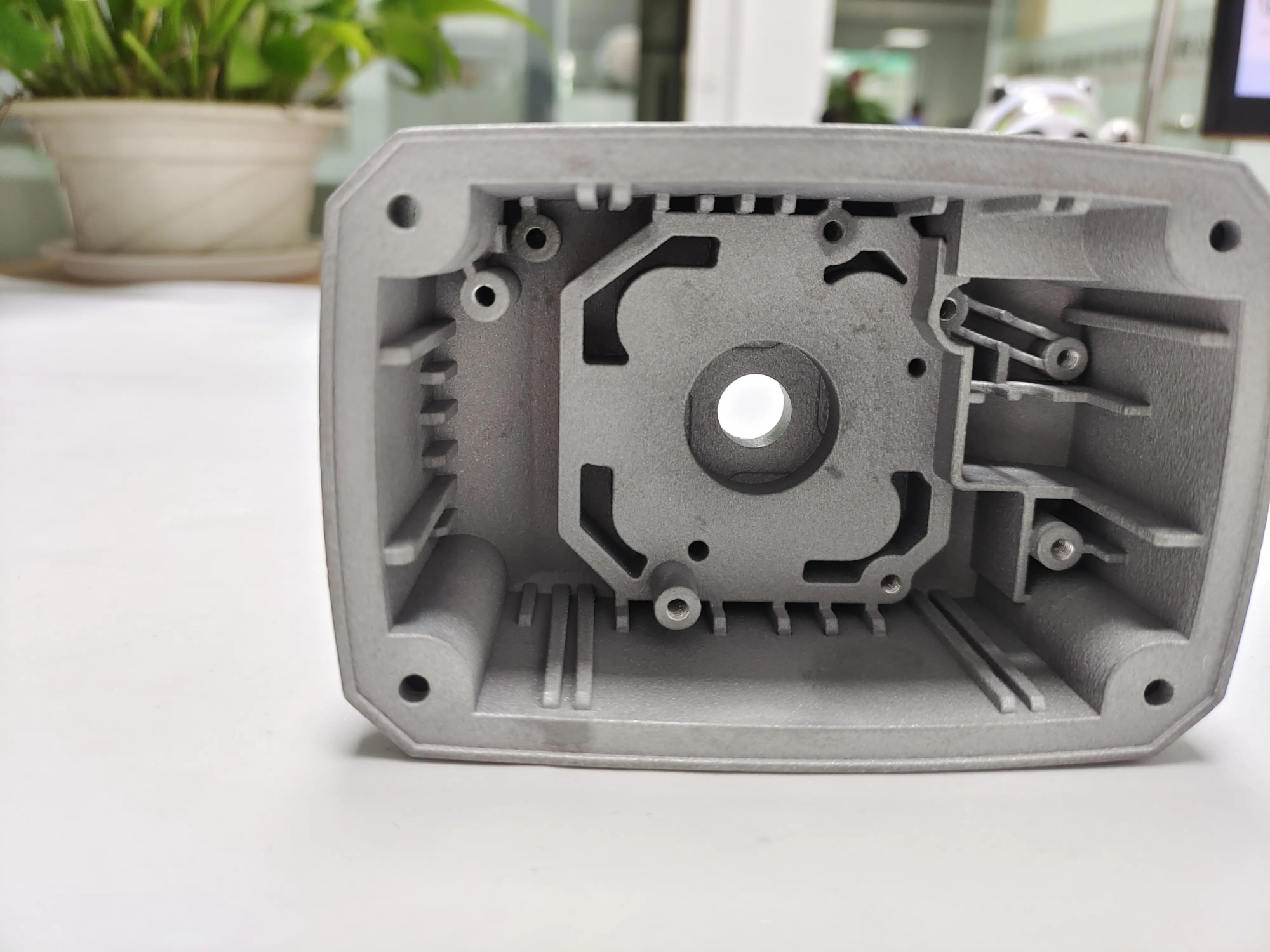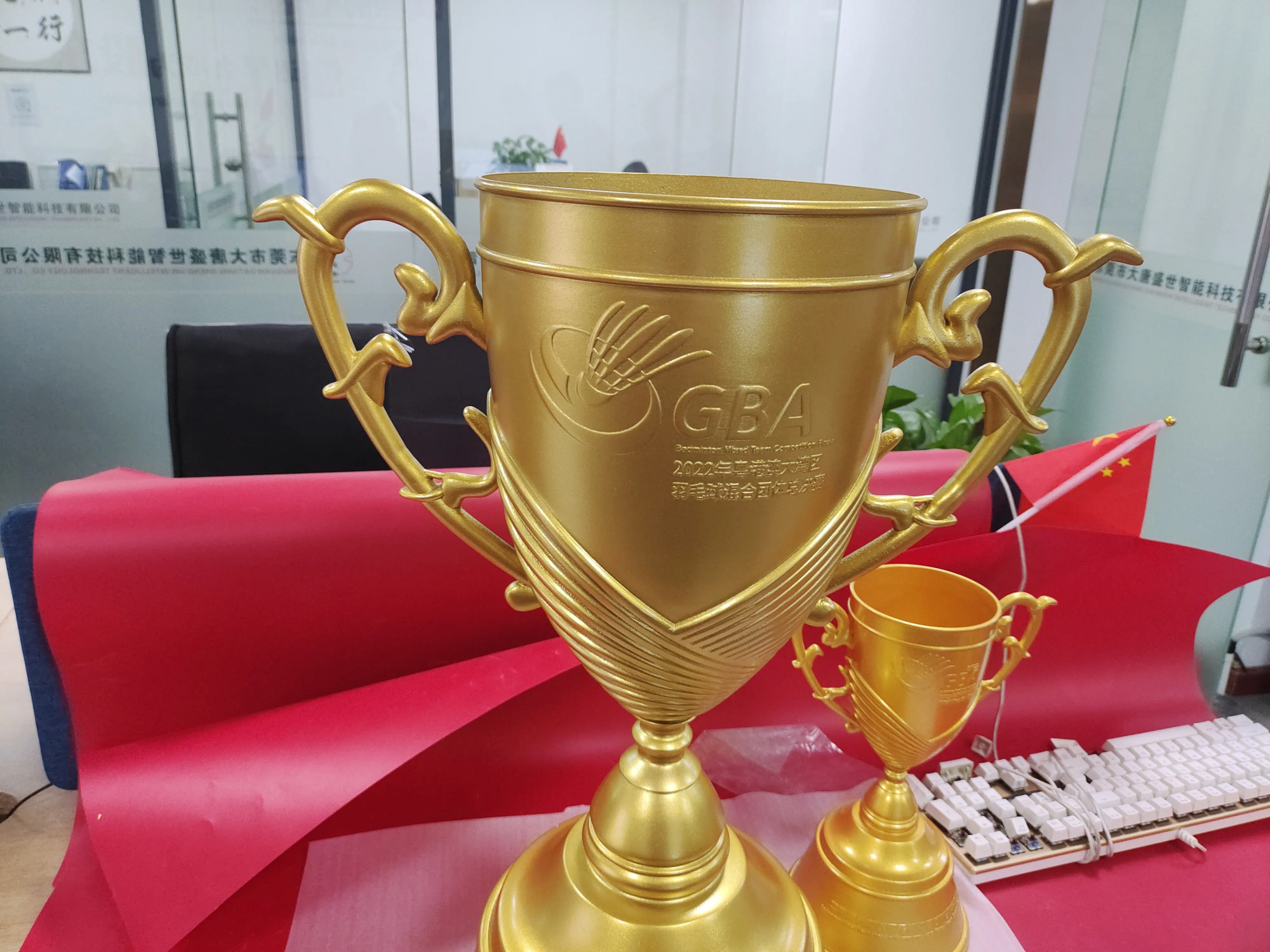China quickly builds a future plan for lunar architecture with brick steps by involvement.
As the only extraterrestrial celestial body that has managed to land in humans, the moon has always been at the center of global scientific research. Currently, many space powers have proposed the idea of a medium -term residence on the Moon, triggering a new wave of lunar exploration.
However, in situ construction on the Moon is always faced with many challenges in extreme environments: a single source of materials, no liquid water, low conditions of severity and the temperature difference between day and night is as high as 300 ℃; In addition, there are around 1,000 lunar earthquakes of magnitude 2-3 each year, a strong cosmic radiation, robust and complex reliefs and geological structures … All this makes the construction of the moon a real “super project”.
In order to achieve this great vision, in 2004, China officially launched the lunar exploration project and named it “Chang’e Project”, thus opening the prelude to the movement of my country towards the moon and deep space. The Chang’e project is divided into three stages: unmanned lunar exploration, inhabited lunar landing and build a lunar base.
Nowadays, more and more solutions have been offered in China to build bases on the moon thanks to 3D printing technology. The in situ construction goes from the concept to the realization, and the technical plan becomes clearer. Then, the resource library will settle the results of representative research and the main technical pathways of “construction of lunar floors” to see you how the “monthly construction plan” of China is implemented at a faster rate.
2023: Beihang proposed the concept of “lunar soil brick”
Lunar soil bricks are building materials that can be used in the future to build houses on the moon. As early as 2023, under the direction of Professor Li Feng of the University of Aeronautics and Astronautics of Beijing, the team of Dr. Zhou Siqi succeeded in bricks of 3D printed samples by simulating the lunar soil. They developed two simulated Lunar soils BH-1 and BH-2 and used alkaline excitement reactions to prepare polymers on the ground in simulated lunar surface environments, revealing their hardening mechanism and ending the verification of the soil.
Combined with 3D printing technology, the team used the material as “ink” to print bricks to explore the feasibility of automatic construction of the in situ moon surface. The project was then verified empirical through the real lunar soil sample of 60 mg brought back by Chang’e 5, more consolidating the feasibility of its technical path.
2024: launches of the Huazhong University of Technology “Moon Pot Zun“Design
The University of Sciences and Technologies of Huazhong is also actively involved in research on lunar soil bricks. In November 2024, the astronaut of Shenzhou 19 sent the three “lunar soil bricks” developed by the school in the space station via Tianzhou 8, leading exposure to the extra-cabin cabin to check their performance in a space environment.
On this basis, the Ding Lieyun team, an academician of the Chinese engineering academy, proposed the concept of “Moon Hu Zun”: the bricks are made by sintering the altered layer of the lunar soil, and automatically built by a “super mason” robot on the surface of the moon. The “Yuehu Zun” looks like a erect egg shell, and the inner part is two upper and lower layers, which are respectively the work areas and rest areas, such as the standard style of the base of the Moon.
At the same time, the team also considered the construction of the “Base of the Black Moon Basin”, by lunar soil bricks with Morterie and Tenon structures, incorporating traditional masonry technology into 3D printing technology, and combining modular prefabrication and printing connection to carry out the lunar construction.
2025: Dsel launches the first lunar machine in the world “
In April 2025, the Deep Space Exploration Laboratory (DSEL) in Hefei, in the province of Anhui, showed a prototype work of a “manufacturing machine for lunar soil”. This system uses solar energy -oriented energy to melt the moon and uses a 3D solar energy printing process to convert it directly into bricks which can be used for construction, without water or any adhesive throughout the process, reflecting the basic concept of in situ use (ISRU).
The system consists mainly of two modules: an optical focus module and an molding manufacturing module. The principle consists in concentrating sunlight through a large parabolic mirror and driving it through optical fibers, so that the light energy can be concentrated in the terminal for more than 3000 times, generating high temperatures up to 1400 ° C, thus making a fusion of the lunar soil (altered layer), and finally forming it in bricks by an automated 3D printing device.
Currently, many national universities and research institutions are constantly proposing diverse solutions around “construction of the moon”. Although the technical paths are different, these studies have jointly built a technical matrix of the lunar construction strategy of China. Compared to the transport of bulky construction materials of the earth, it is more possible to take the way of sustainable development of “local materials” by developing in situ resources.
The landing of the inhabited moon in China will be reached by 2030, the basic Lunar International Lunar research station will be built by 2035, and the expansion construction will be completed by 2045. The Lunar Exploration Plan of China is progressing regularly. And 3D printing technology is the central force that supports the implementation of this plan.
Imagine the future, lunar cities gradually move from imagination to reality, and our generation can attend the historical moment when humans settle on the moon.
Note: Some of the content and images of the article come from CGTN, CCTV News and China News Service.





